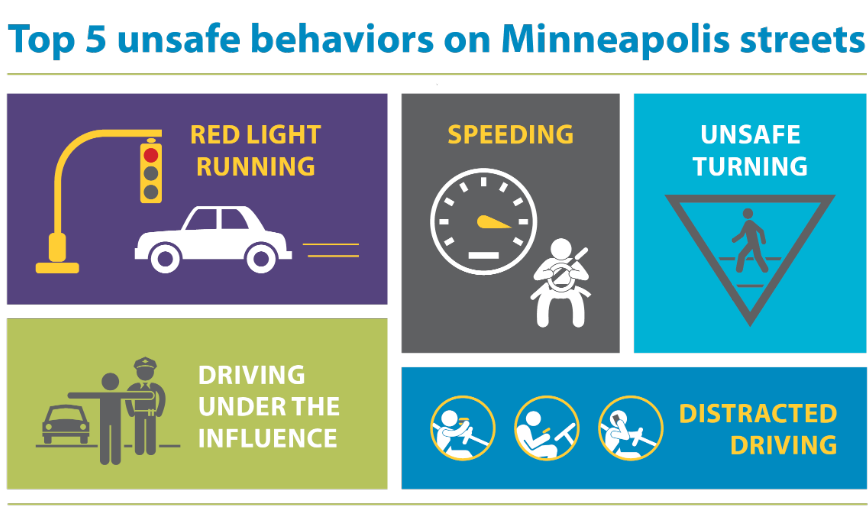Vision Zero by the numbers
Vision Zero uses data to target improvements that will
- Reduce crashes
- Save lives
- Address inequities experienced on the street related to crashes
Between 2017 and 2021, about 150 people each year died or were severely injured in traffic crashes in our city. That is unacceptable and preventable. The number of people killed or severely injured lowered from the mid-2000s until 2014. It’s been on the rise in recent years and has been especially high since 2020.
2021 saw 168 severe injury or fatal crashes, the highest number since 2017. Despite an increase in fatal and severe injury crashes, all other crashes have decreased in recent years.





